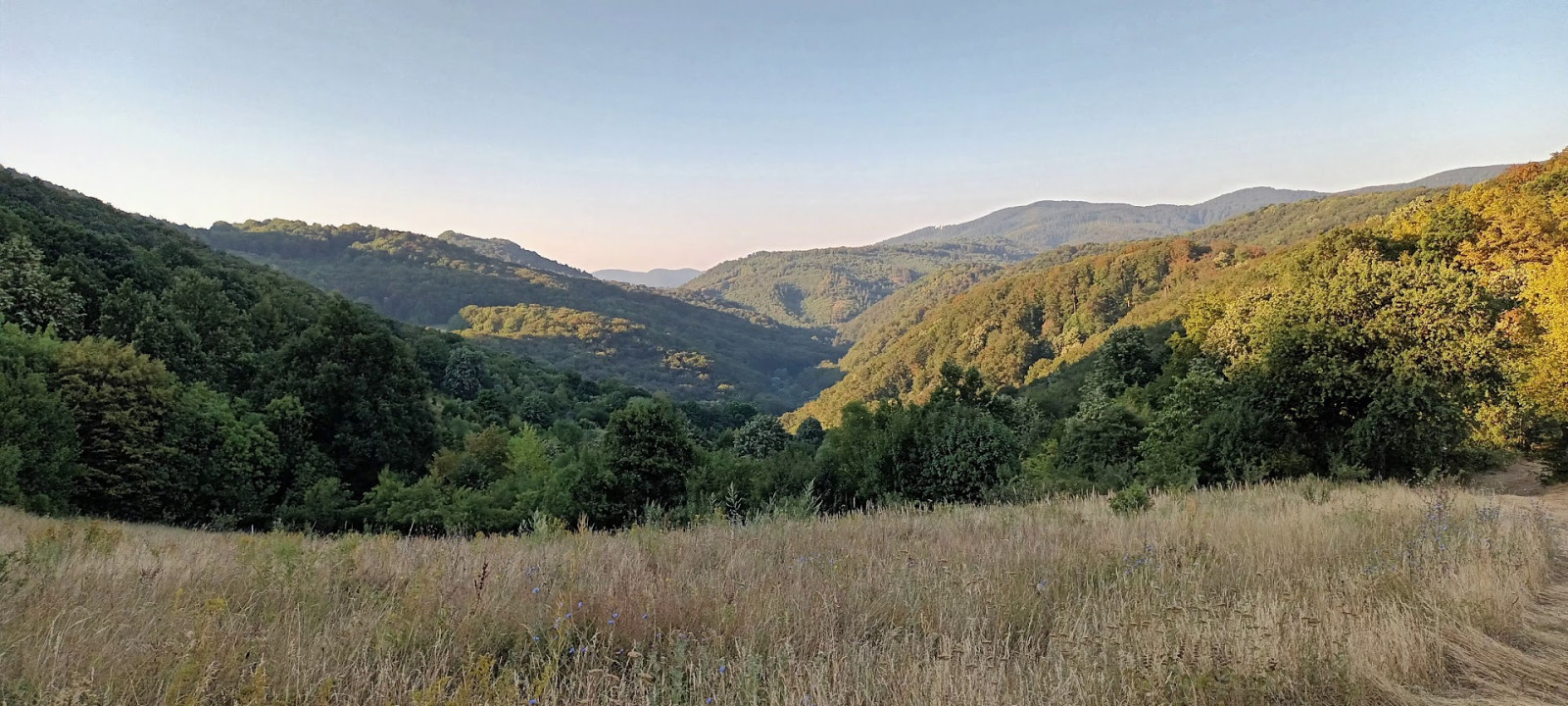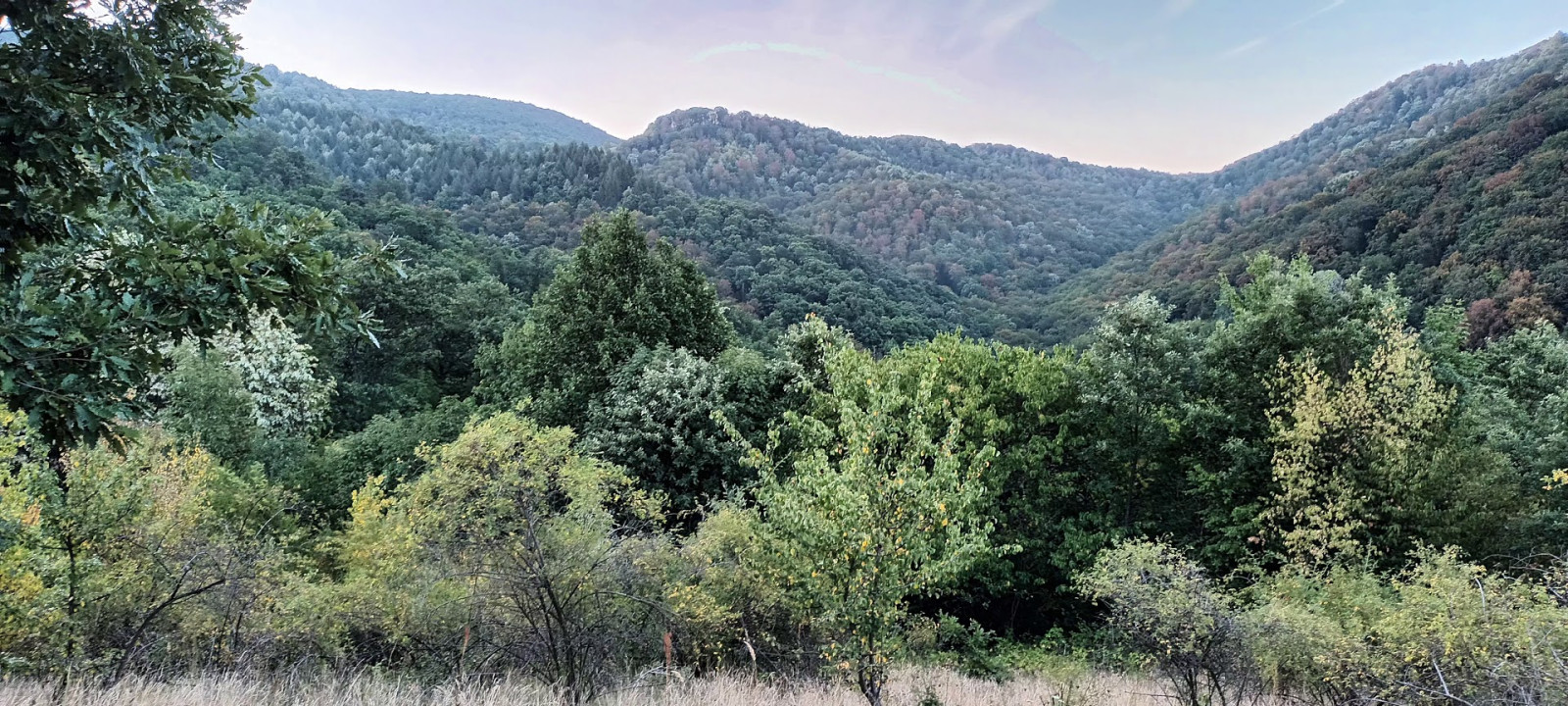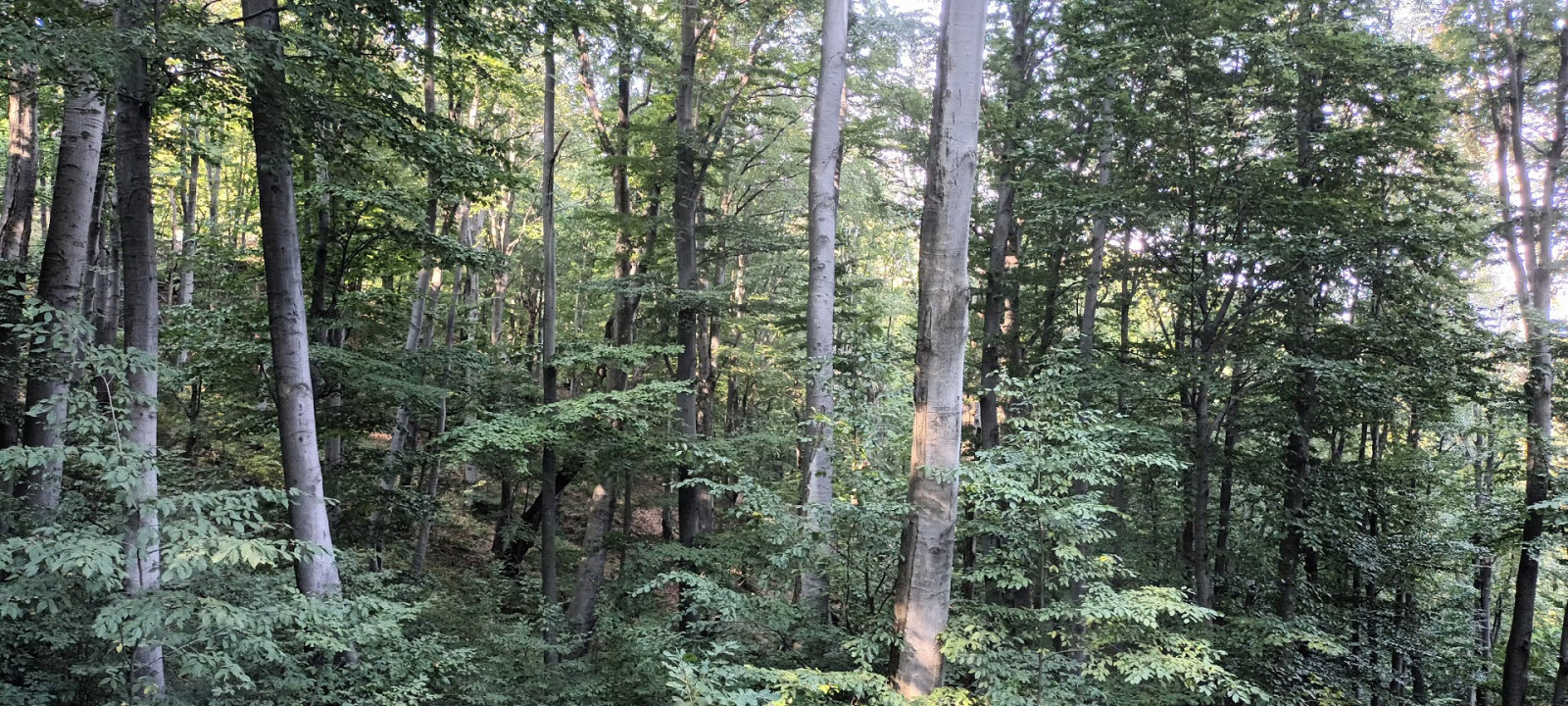Beschreibung
Djerdap National Park encompasses the River Danube and a narrow mountain belt, two to eight kilometres in width, reaching 50 (the Danube level) to 800 metres above sea level (Somrda Mt.). About 70 per cent of the national park is covered by broadleaved forest (mostly beech and oak) and scrub, while the rest are meadows and orchards, limestone cliffs, boulders and scree, and the rivers.
About 170 bird species have been recorded in the park, including Wespenbussard, Seeadler, Schlangenadler, Schreiadler, Steinadler, Zwergadler, Habicht, Schwarzmilan, Wanderfalke, Haselhuhn, Wachtelkönig, Turteltaube, Zwergohreule, Uhu (rare), Habichtskauz (rare), Alpensegler, Grauspecht, Weißrückenspecht (rare), Mittelspecht, Kleinspecht, Heidelerche, Felsenschwalbe, Rötelschwalbe, Wasseramsel, Halsbandschnäpper, Zwergschnäpper (rare), Balkanmeise, Neuntöter, Rotkopfwürger (rare), Ortolan and Zippammer.
Some of the mammalian highlights of the national park are Eurasian Otter, Lynx (up to a dozen individuals), Brown Bear, Wild Boar, Red Deer, Roe Deer, and Chamois.
Photos by Mileta Cekovic and Julien Birard.
Details
Zugang
By car only. Park wherever you like, but at the side – be sure not to block heavy lorries full of beech trunks (however illegitimate, mostly legally logged within the park)! Explore by walking, or further driving.
The riverside town of Golubac (130 km or two hours’ drive from Belgrade) is the entrance point to the area. Almost every village between Golubac and the next town of Donji Milanovac (a further 60 km) offers rooms to let, but petrol stations are to be found only in the towns.
For driving directions, zoom in on the map and click on the "P" (parking) sign.
Terrain und Habitat
Wald , Vereinzelte Bäume und Büsche , Grasland, Wiesen , Fluss , Schlucht/Cliff , BergBedingungen
Hügelig , Felsig , GebirgigRundweg
NeinIst ein Spektiv nützlich?
Möglicherweise hilfreichGute Beobachtungszeit
GanzjährigBeste Beobachtungszeit
Frühjahrszug , FrühjahrRoute
asphaltierte Straße , unbefestigte Straße , Normaler WegSchwierigkeitsgrad der Tour
Schwierig/anstrengendErreichbarkeit
zu Fuß , Fahrrad , AutoBeobachtungshütten oder -türme
NeinZusätzliche Informationen
When to go: breeding season (May/June), but the park is also important as a migratory stop-over site and the Danube as a wintering area.
To be properly explored, Djerdap National Park requires at least three days or, better, four to five days.
Links
- eBird list of the recorded species: MOUNTAINS
- eBird list of the recorded species: THE DANUBE
- Djerdap National Park authorities
- Free map app (iOS and Android)
- IBA Derdap gorge
- All eBird hotspots combined






